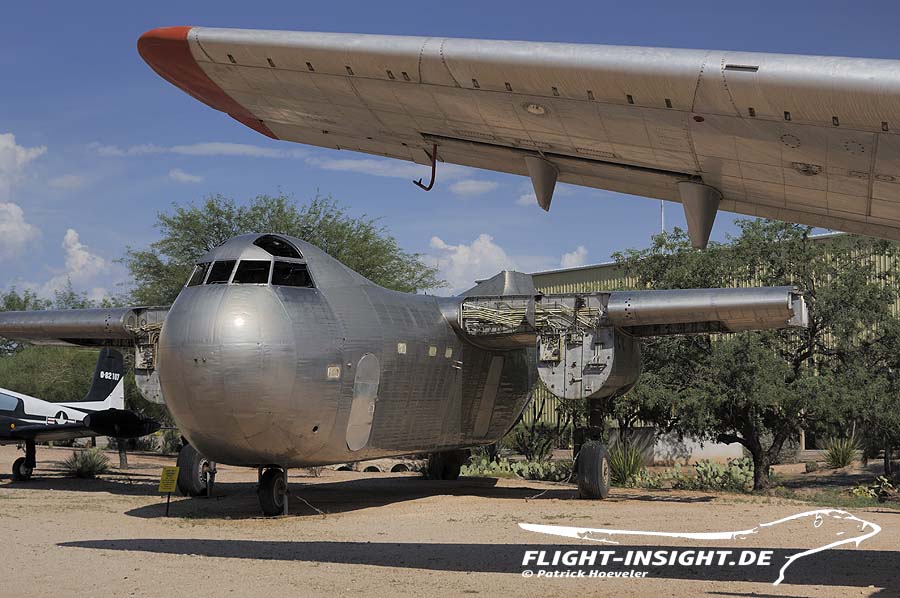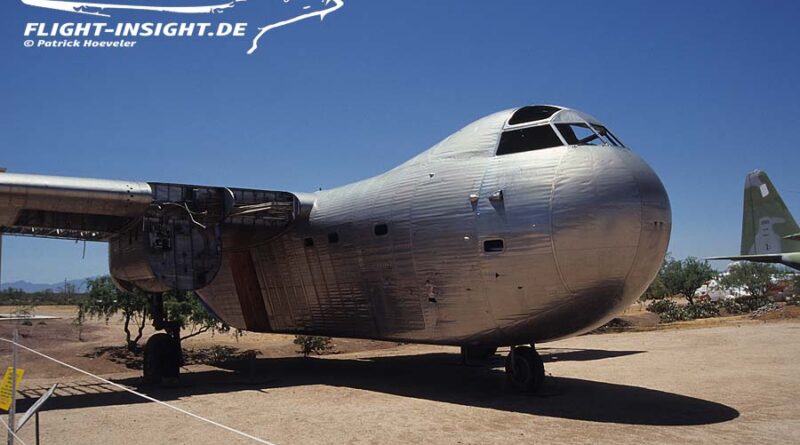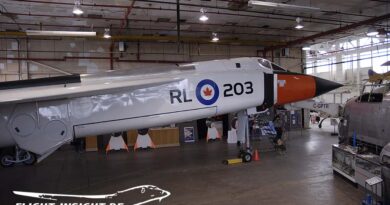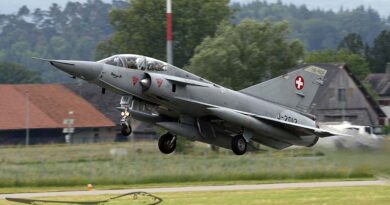Budd RB-1 Conestoga
Während des Zweiten Weltkriegs befürchtete das US-Militär, dass es aufgrund der enormen Aufrüstung zu einem Mangel an Aluminium, dem bevorzugten Material für den Flugzeugbau, kommen könnte. Um die Rohstoffversorgung zu entlasten suchte man daher nach einem Transportflugzeug in der Klasse der Douglas C-47, das weitestgehend ohne Aluminium auskommen sollte. Schließlich erhielt die Edward G. Budd Manufacturing Company aus Philadelphia den Zuschlag für die Lieferung von 200 Maschinen für die US Navy und US Army Air Forces. Das Unternehmen hatte viel Erfahrung mit der Verarbeitung von Stahl, und so entstand im Jahr 1942 mit der RB-1 das erste Flugzeug, das komplett aus Punkt-geschweißtem, rostfreien Stahl bestand.

Der Erstflug erfolgte am 31. Oktober 1943. Die zweite RB-1 ging am 11. März 1944 zur Erprobung an die US Navy, verunglückte aber schon einen Monat später in Patuxent River. Die Produktion lief zwar zunächst weiter, aber in Dienst ging der Transporter nicht: Der befürchtete Mangel an Aluminium trat nicht ein, und die Douglas C-47 war in großen Stückzahlen verfügbar. Außerdem gab es Zweifel, ob Stahl das richtige Material für ein Flugzeug war, und so stellte das US-Militär das Programm ein. Zu diesem Zeitpunkt hatte Budd bereits 17 der bestellten 26 Maschinen ausgeliefert. Die Flying Tiger Airline kaufte sie schließlich und setzte sie rund drei Jahre als Frachter ein. Danach fanden einige Exemplare den Weg nach Lateinamerika. Heute existiert nur noch ein Exemplar im Pima Air & Space Museum in Tucson, Arizona.


Technische Daten
Besatzung/Crew: 3
Antrieb/Powerplant: 2 Pratt & Whitney R-1830-92 mit je 783 kW
Länge/Lenght: 20,73 m
Spannweite/Span: 30,48 m
Höhe/Height: 9,42 m
Flügelfläche/Wing area: 129,96 m²
Leermasse/Empty weight: 9425 kg
Nutzlast/Payload: 6235 kg
Startmasse/Take-off weight: 15354 kg
Reisegeschwindigkeit/Cruise speed: 249 km/h
Höchstgeschwindigkeit/ max. speed: 307 km/h
Dienstgipfelhöhe/Service ceiling: 4755 m
Reichweite/Range: 2478 km

During the Second World War, the US military feared that the enormous rearmament might lead to a shortage of aluminium, the preferred material for aircraft construction. In order to relieve the supply of raw materials, it was therefore looking for a transport aircraft in the class of the Douglas C-47 that would do without aluminium as far as possible. Finally, the Edward G. Budd Manufacturing Company from Philadelphia was awarded the contract for the delivery of 200 aircraft for the US Navy and US Army Air Forces. The company had a lot of experience in processing steel, and in 1942 the RB-1 was the first aircraft to be made entirely of spot-welded stainless steel.
The first flight took place on 31 October 1943. The second RB-1 went to the US Navy for testing on 11 March 1944, but crashed just one month later in Patuxent River. Production initially continued, but the transporter did not enter service: the feared shortage of aluminium did not materialise, and the Douglas C-47 was available in large numbers. Moreover, there were doubts as to whether steel was the right material for an aircraft, and so the US military discontinued the programme. By this time, Budd had already delivered 17 aircraft. The Flying Tiger Airline eventually bought them and used them as freighters for about three years. After that, some of them found their way to Latin America. Today, only one remains in the Pima Air & Space Museum in Tucson, Arizona.





